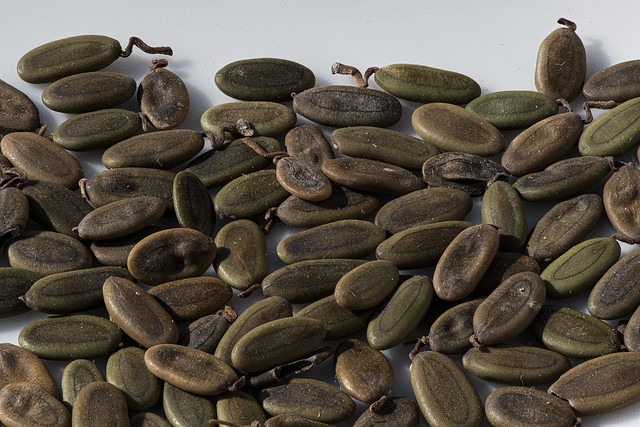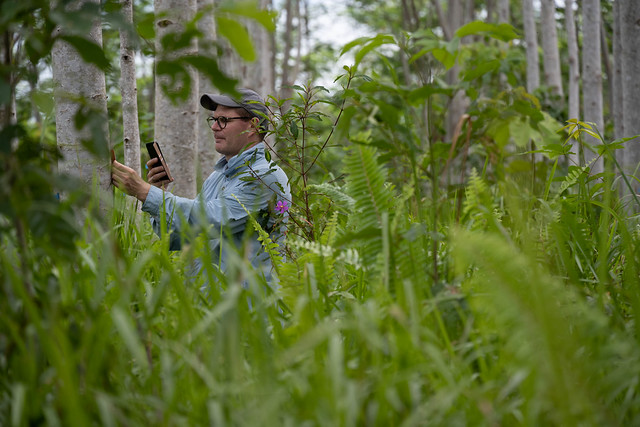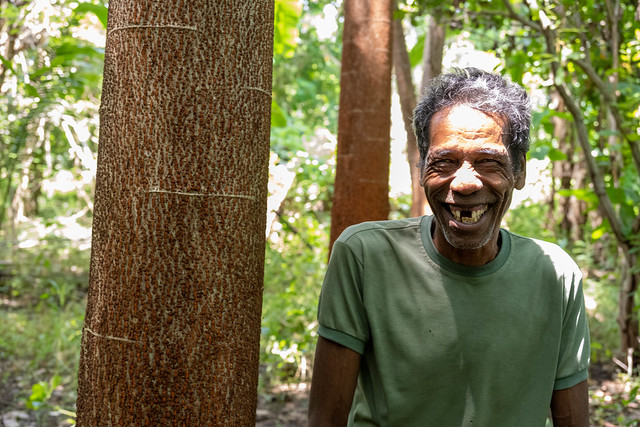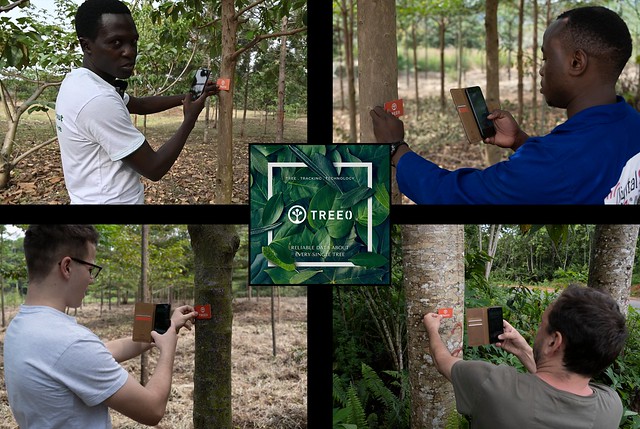As I belong myself to Generation Golf, working in the automotive business for several years, I dived, during my sabbatical, into the UN Sustainable Development Goal: #13 Climate action. The clock is ticking:
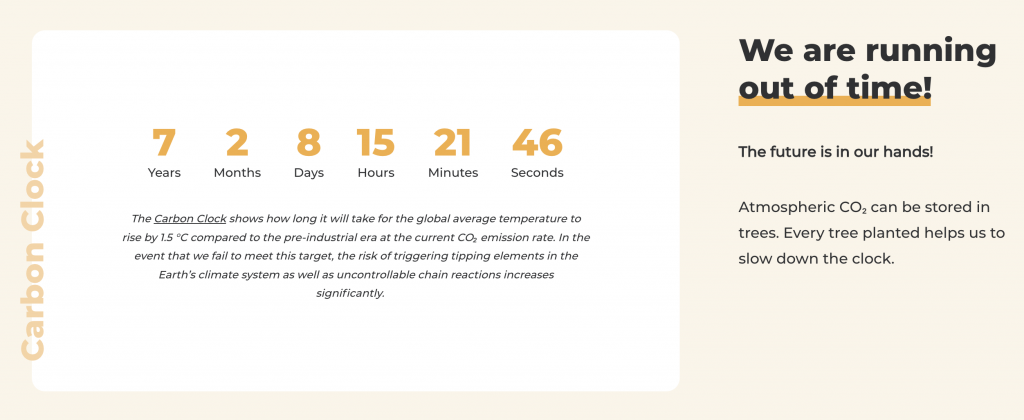
Synchrodestiny! The Fairventures CEO Johannes Schwegler invited me to join the software spin-off TREEO for some months as a volunteer and mentor. TREEO’s core idea is to empower millions of smallholder farmers to plant trees. Farmers will then sell CO2 removals to net-zero companies via a smartphone app like they sell bananas or cocoa on their local market. In order to lock the CO2 for 50+ years, the harvested wood will be used in the building sector or in Biochar, serving as a long term CO2 sink. Potentially, 205 GtCO2 can be removed additionally with planting trees world-wide. Particularly, in areas with rainforest climate due to the amazing quick growth of trees. The German TV-show „Das schaffst du nie!“ planted 1,000 trees on 24h in February 2019. After 24 months, in April 2022 the Sengon trees have grown up to 29 cm diameter (DBH).
For example, a smallholder farmer with 2,000 Sengon (Falcataria falcata) trees on 2 ha removes 20 tCO2 per year. Out of this, growers can make 80-360 EUR per year, quite a lot as the GDP in Uganda is $1,000 while many smallholder farmers have much lower cash income.
Farmers then use the TREEO app to scan every single tree once a year and share the data (picture, diameter, CO2 captured, GPS) to prove their CO2 impact and increase trust in the CO2 market. Today, in many tree planting projects we only have proof that trees are planted but we don’t know if the trees are still growing after several years.
Although trees and forests are old-tech, trees have super powers. Additionally, smallholder farmers will receive the incentive and the required upfront investment to participate actively in the climate business. As today’s CO2 market lacks transparency and trust to really take off. But as we have to come down from 51 GtCO2e worldwide to zero, we have to both avoid CO2 emissions and remove CO2 from the atmosphere. Right now, there are three mechanisms to internalize the cost of CO2 emissions into the world economy:
- Introduce CO2 taxes e.g. Sweden’s carbon tax
- Trade CO2 avoidance certificates e.g. EU Emission Trading System ETS
- Trade CO2 removal certificates e.g. via puro.earth
In order to have a relevant climate impact the CO2 should be priced 50-150 EUR per 1 tCO2. The Worldbank provides an excellent CO2 market dashboard. This gives me hope that today’s economic addiction to GDP growth and the human picture of the greedy white rational economic man, finally balances within the natural and social boundaries of planet earth. This is well described in Kate Raworth “Doughnut Economics: Seven ways to think like a 21st century economist”. Check out her TED talk.
In my mentor role for Fairventures and co-founder role for the spin-off TREEO, I built a lot on my software and leadership experience from Bosch. I served as a “talk-to-buddy” for the team, reflected on the strategy, influenced the agile company set-up, and wrote a white paper about crypto technology in the CO2 market. After 7 years leading big teams at Bosch, I was happily sharing my experience without sacrificing my sabbatical freedom.
Now, back down to earth and to trees capturing CO2: The first TREEO planting projects start in Indonesia and Uganda, let’s go there in the next blog post!
